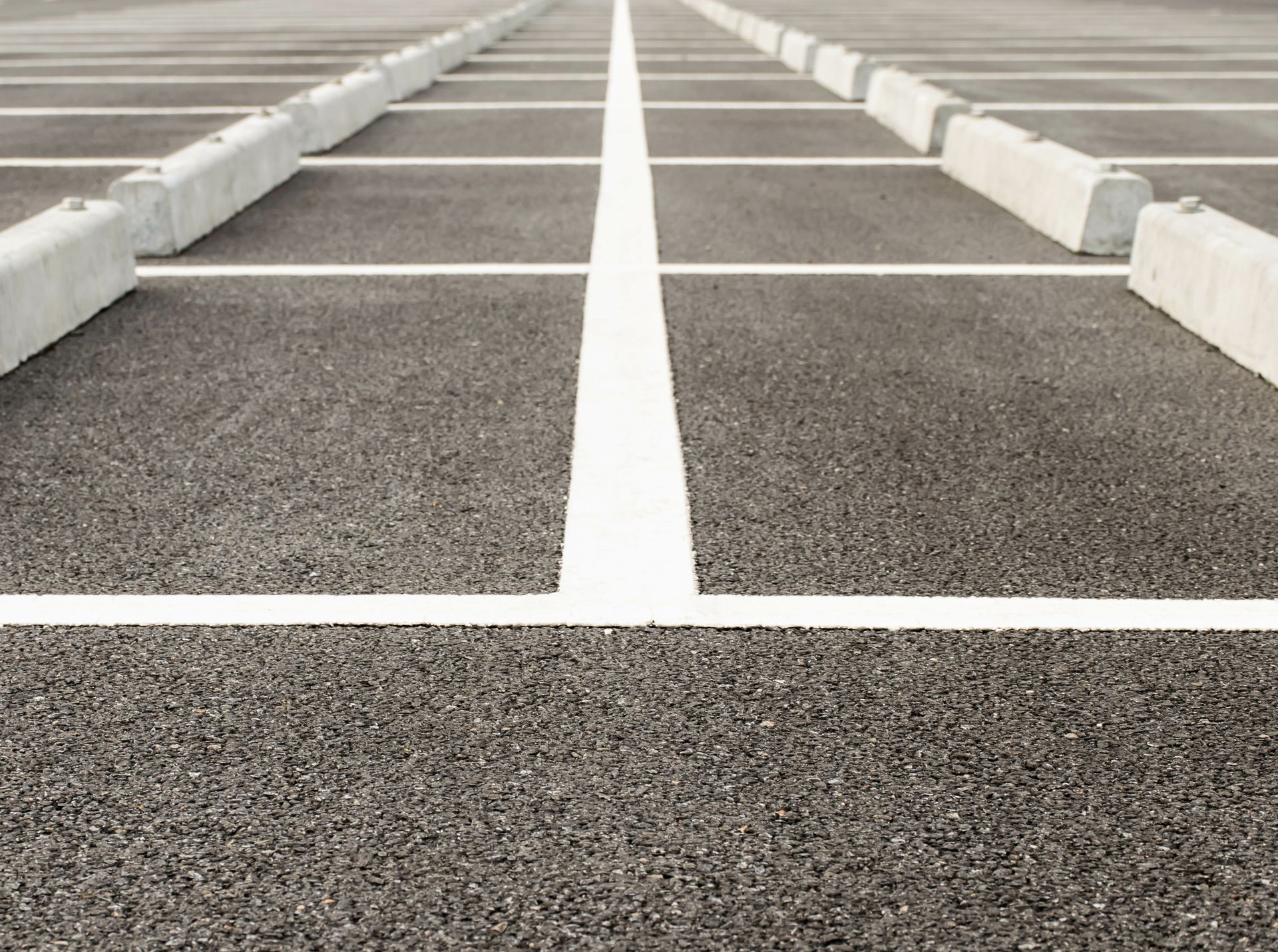The Importance of quality line striping

Quality line striping is a crucial element in various industries and contexts, primarily focused on roadways and parking lots. It plays a vital role in enhancing safety, organization, and aesthetics. Here are some key reasons highlighting the importance of quality line striping:
- Safety Enhancement: Properly striped lines provide clear and visible guidance to drivers and pedestrians. They help establish lanes, crosswalks, and other important markings, reducing the risk of accidents, collisions, and confusion on the road.
- Traffic Flow: Quality line striping optimizes traffic flow by delineating lanes and indicating proper merging and turning points. This ensures a smoother and more efficient movement of vehicles, reducing congestion and traffic jams.
- Parking Lot Organization: In parking lots, well-marked lines define parking spaces, aisles, and handicap areas. This helps maximize the use of available space and minimizes disputes over parking spots, ensuring a more organized and user-friendly experience.
- Accessibility Compliance: Quality line striping ensures compliance with accessibility regulations, such as the Americans with Disabilities Act (ADA). Properly marked crosswalks, ramps, and handicap spaces enable individuals with disabilities to navigate public spaces safely and independently.
- Improved Aesthetics: Freshly painted lines contribute to the overall appearance of roads and parking lots. They give the impression of a well-maintained and cared-for environment, which can be important for businesses and municipalities.
- Directional Clarity: Quality line striping provides directional cues for drivers, guiding them through complex intersections, roundabouts, and highway exits. This reduces the likelihood of wrong turns and missed exits, enhancing overall road safety.
- Compliance with Regulations: Many jurisdictions have specific regulations and standards for line striping, including requirements for line width, color, and reflectivity. Ensuring quality striping helps businesses and municipalities remain compliant with these regulations, avoiding potential fines and legal issues.
- Pedestrian Safety: Clearly marked crosswalks and pedestrian pathways make it safer for people to walk and cross roads, especially in urban areas. This is essential for protecting pedestrians from accidents involving vehicles.
- Traffic Calming: In residential areas, quality line striping can be used as a tool for traffic calming. Speed humps, pedestrian crossings, and other road features are often marked with paint to encourage slower driving speeds, improving safety for residents.
- Cost Savings: Regular maintenance and repainting of lines can extend the life of roadways and parking lots. Well-maintained striping reduces the need for more extensive and costly repairs in the long run.
In summary, quality line striping is essential for promoting safety, efficiency, and order in transportation systems and parking facilities. It also contributes to the overall aesthetic appeal of an area and ensures compliance with legal requirements. Investing in proper line striping is not only a matter of public safety but also a smart choice for businesses and municipalities to create a positive and functional environment.






